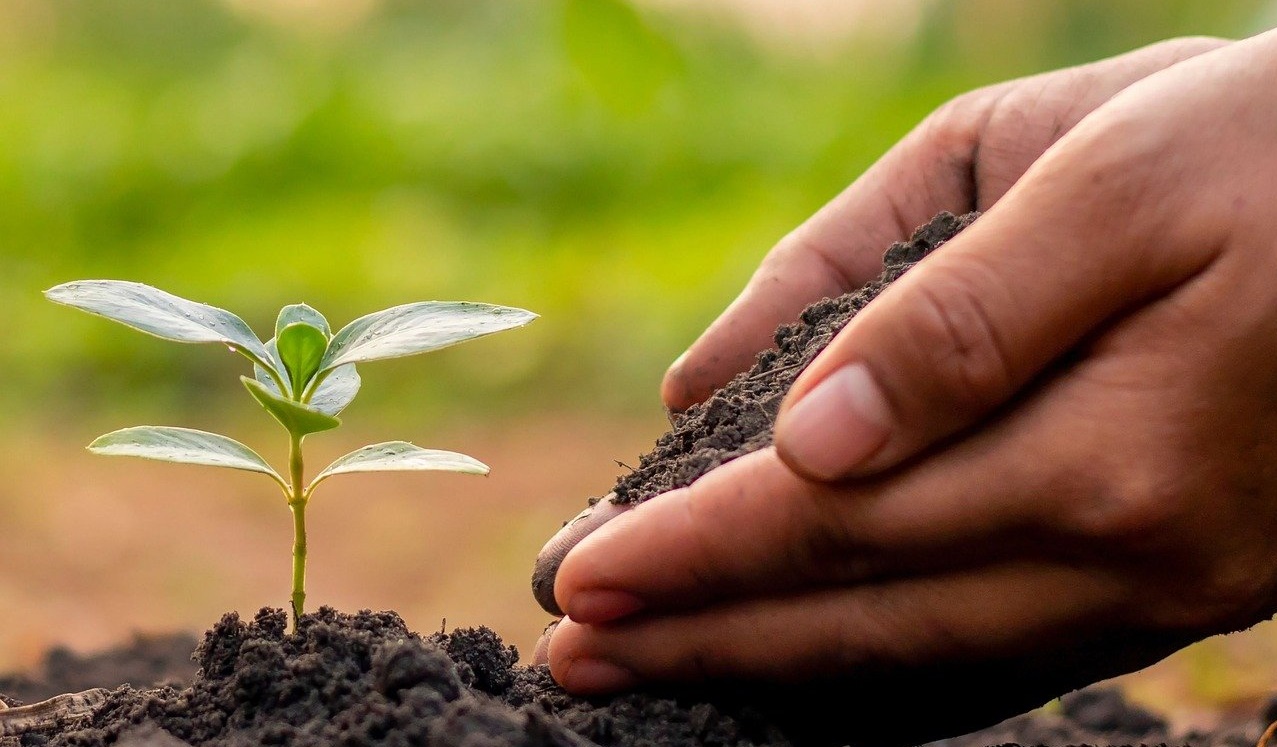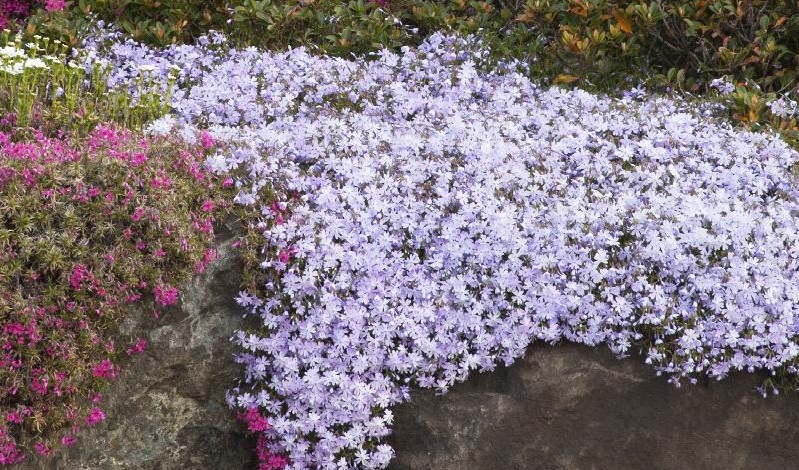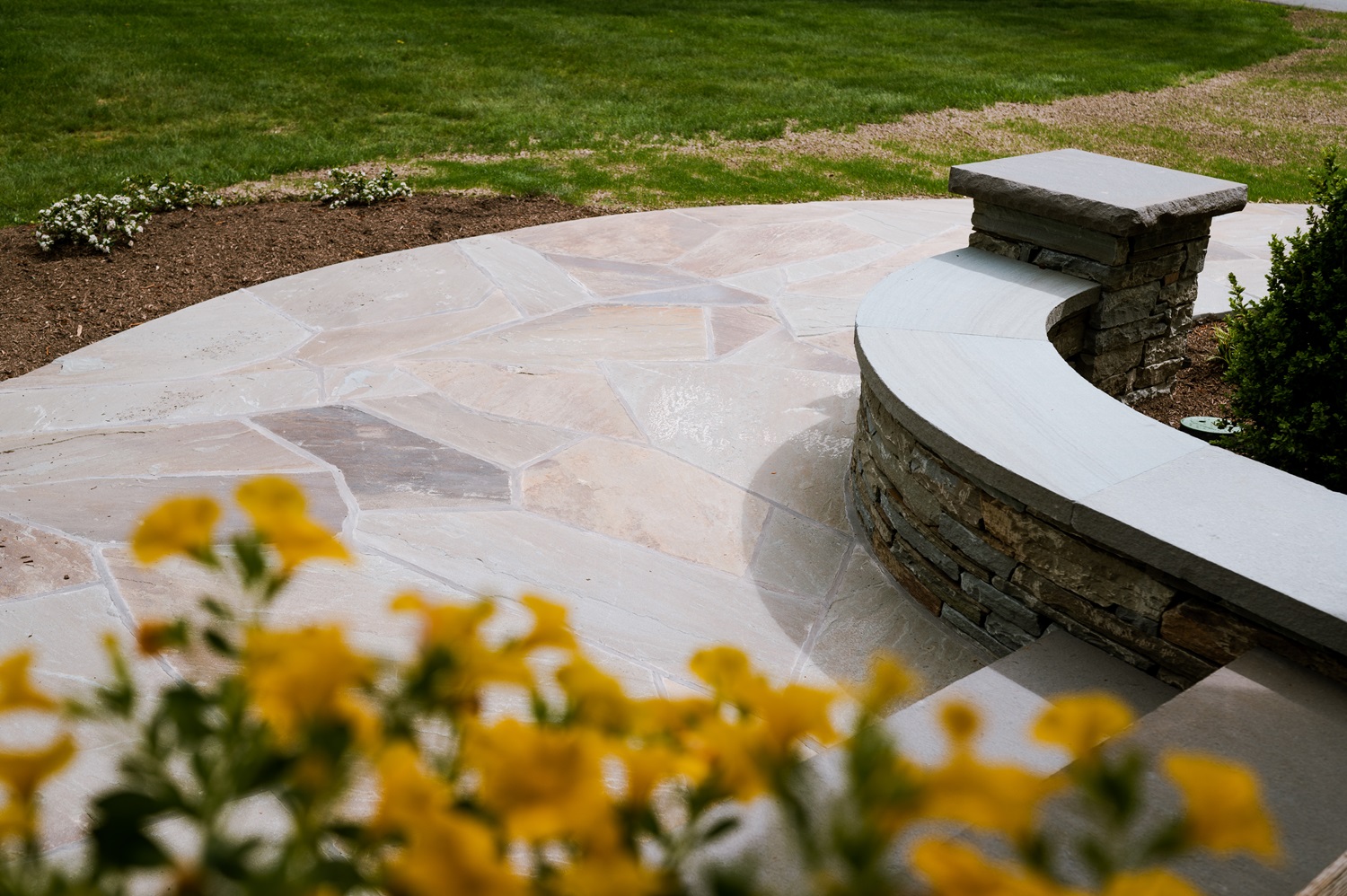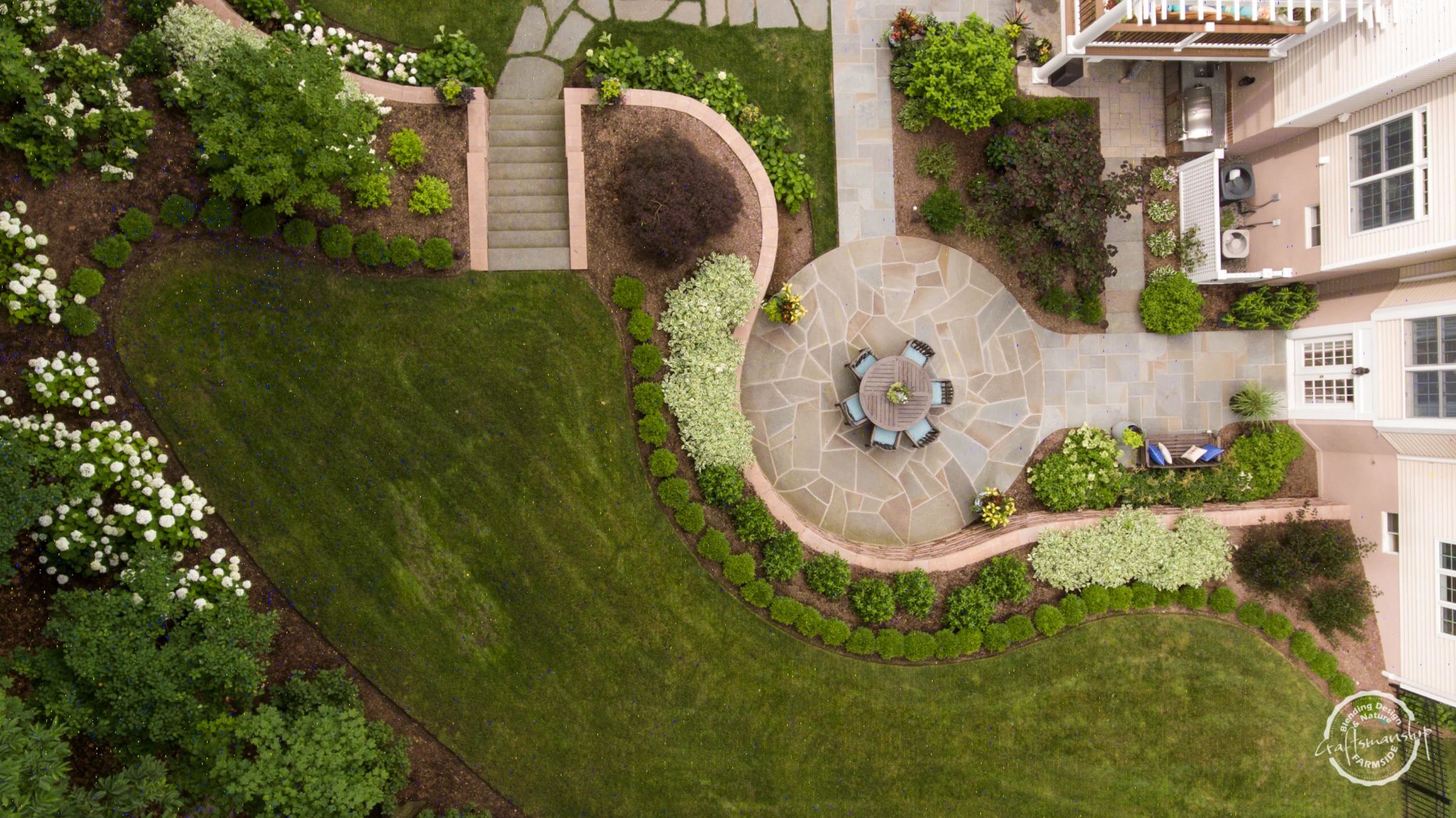Mulches are great assets for home gardeners and commercial properties alike! Along with their inherent functionality, they are the finishing touch to a well-manicured landscape.
From a functional standpoint, mulches can help control weeds, retain moisture in the soil and regulate soil temperature. This last benefit can prevent plant heaving from extreme frost/thaw cycles.
Mulches also prevent soil crustation, which can happen when a heavy rain occurs after a dry period. The soil can’t absorb the water all at once, so natural salts and minerals in the soil rise to the top and form a crust. This can act like a barrier preventing further moisture absorption and nutrient flow to the soil. Mulches help soil from drying out plus soften rainfall so the soil can absorb water and nutrients more effectively.
Aesthetically, mulches provide a natural backdrop to beautifully showcase your plantings and cleanly delineate garden areas from lawn areas.
With so many mulches out there, how do you pick which ones are right for your garden needs? Here are some tips:
Mulches can be organized into two overarching groups – cold weather mulches and warm weather mulches:
Cold Weather Mulches
Cold weather mulches are used primarily for insulation, especially for woody plants. They keep the soil cool evenly throughout the fall, helping to avoid extreme freeze/thaw cycles that can cause plant heaving. They also protect shallow-rooted plants from damaging ice formation, which can be especially important if there is not a protective layer of snow to do so.
Straw, shredded leaves, and pine needles make good winter mulches. Apply cold weather mulches in late fall when the soil is cool but not frozen.
Warm Weather Mulches
Warm weather mulches warm the soil, reduce weed growth, and help retain soil moisture. Shredded Cedar wood, wood chips, stones, fine mulches such as cocoa or nut hulls, or crushed seashells are some of the many options available to you for warm weather mulches. Apply these mulches in mid-spring after soil has warmed enough for active root growth.
Mulching Tips
- Cocoa mulch should never be used if you or your neighbors have pets – especially dogs. The mulch is very fragrant, hence, enticing to pets to eat and contains theobromine – the same ingredient that makes chocolate so deadly for dogs.
- Before applying any mulch, make sure the ground is free of weeds.
- Ensure the layer of mulch you use is even throughout your garden, and that you use enough of it to be effective.
- For mulches that are left year round (mostly warm weather mulches) renew mulches every 3-4 years. Rake up existing mulch before applying new mulch.
- Keep mulches away from tree trunks in the fall so the bark has a chance to harden.
- Don’t create “mulch volcanoes” – mounds of mulches packed high around tree bases, especially young, newly planted trees. Moisture from the mulch softens tree bark inviting insects, diseases and pests like moles and voles to chew through the soften bark and attack the tender tree.
Types of Mulch
Pine needles – While these are not available commercially, they can be raked up in your own yard if you have pine trees and used for acid-loving plants such as azaleas and rhododendrons. Pine needles resist compaction, decompose slowly and are an excellent choice for newly set or tender ornamentals. Renew annually.
Shredded leaves – Best for cold weather mulching, use a composting mower to shred leaves properly so they don’t mat together and form a barrier to water and oxygen. You can mix leaves with humus, nitrogen and other nutrients which will help them to partially rot and feed the soil as they decompose.
Decorative stone/crushed shells – Use synthetic fabric underneath to control weeds and so stones and shells don’t migrate into the soil over time after rainfalls.
Cedar/pine wood: shredded or chipped – By far the most popular option in our area. Attractive, affordable and effective, these mulches help control weeds, retain soil moisture and regulate soil temperature. Cedar is a natural insect repellent (avoid dyed options). Wood options decompose naturally over time and can provide important nutrients to the soil.
These mulches can remain for several seasons. Shredded mulches may compact from heavy winter snows, so a gentle raking to “fluff” them up in the spring may be necessary.
Chips don’t typically compact, but may be too heavy for tender new shoots, so this may be a more appropriate choice for established perennial gardens with woody plants and/or around tree bases.
We are happy to speak with you about mulching options. We can assess which mulches would be most appropriate for your particular landscaping needs, and easily apply and maintain mulches for you to keep your gardens looking beautiful and manicured for years to come, so give us a call today!
For more information on mulching tips, tricks and general information, check out some of our other posts on mulch!









